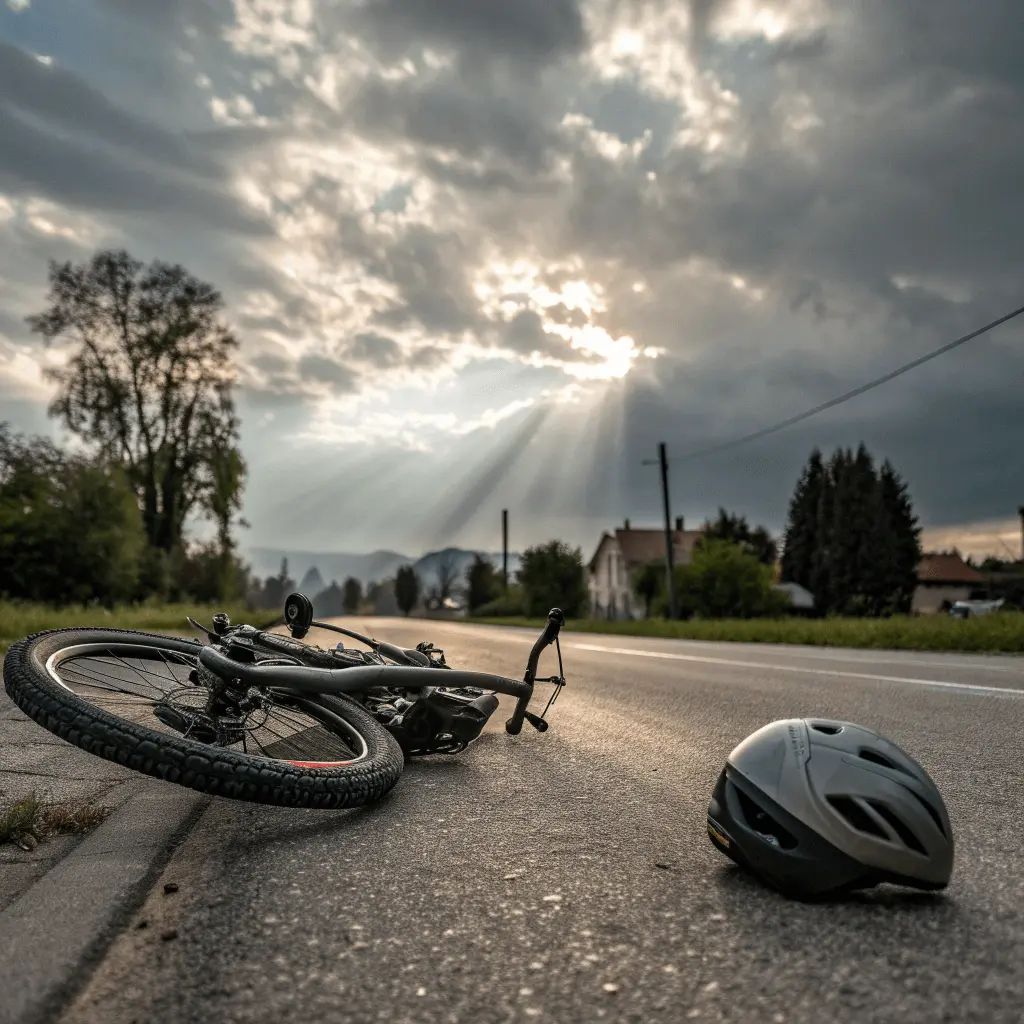
Recently released reports show that more than 130,000 accidents involving bicycles and motor vehicles happen each year in America. Those accidents tend to result in more serious injuries for cyclists than motorists. After all, people on bicycles aren’t surrounded by protective cages to safeguard them from vehicles and the road. Though bicycle accidents can happen anywhere, they’re far more common in cities and suburban areas, and many factors can come into play in these crashes.
With all that being the case, knowing what to do after a cycling accident is crucial. Depending on the severity of your injuries, your survival may depend on it. Being sure your rights are upheld, the driver responsible for your injuries is held accountable, and you get fair compensation will certainly rest on your actions following the accident.
Call for First Responders
Considering the potential seriousness of a bike accident, calling 911 and getting first responders en route should be your first priority. If you’re not able to do so, ask bystanders to do it for you. This is an essential step even if you don’t think you’re seriously injured. It’s always best to allow paramedics to examine you for signs of injuries you may not be aware of. Additionally, you’ll need law enforcement to be there to create a police report.
Get to Safety
While you’re waiting for first responders to arrive, stay calm, and try to assess yourself for injuries. If you’re seriously injured, even if you think you can move, it may be best to stay as still as possible until help comes. On the other hand, it’s also important to keep yourself safe until the accident scene is secured. If you’re in the path of oncoming traffic, and you’re physically able, try to move yourself and your bike to a safer spot.
Collect Evidence
It’s also important to gather as much evidence as possible immediately after a crash if you’re physically able to. Every detail you’re armed with will help strengthen your case. Consider equipping yourself with a bicycle camera or helmet cam before an accident happens for added protection.
Additionally, you’ll need to take pictures or videos of any visible injuries you have, damage to your bicycle, the scene of the accident, and other relevant points. Take down the contact and insurance information of the driver who hit you and contact information for any witnesses to the accident. Take pictures of the motorist’s license plate and vehicle too.
The police officers who come to your aid will evaluate the scene to determine what happened and who was at fault. They’ll also gather contact information and interview everyone involved. It’s a good idea to have your own evidence and ways to contact the driver and witnesses as well, though.
Get Medical Care
Even if you don’t think you’re injured or paramedics didn’t find any signs of serious injuries when they examined you, going to the hospital or visiting your doctor afterward is strongly recommended. Not all injuries are obvious on the surface, and some aren’t evident right away. It’s always better to be safe than sorry. Furthermore, getting medical care will give you documentation of your injuries that you can use later on if necessary.
Beyond the Basics
After those immediate measures, other steps will need to be taken. You’ll need to obtain a copy of the police report and contact the driver’s insurance company. Consider contacting a bicycle accident attorney as well. An attorney can speak with the insurance company on your behalf, fight to ensure your rights are kept at the forefront, and help you get the compensation you’re entitled to. Along the way, don’t divulge any unnecessary information about the accident to the insurance company or people in your social circles, and avoid admitting fault.
